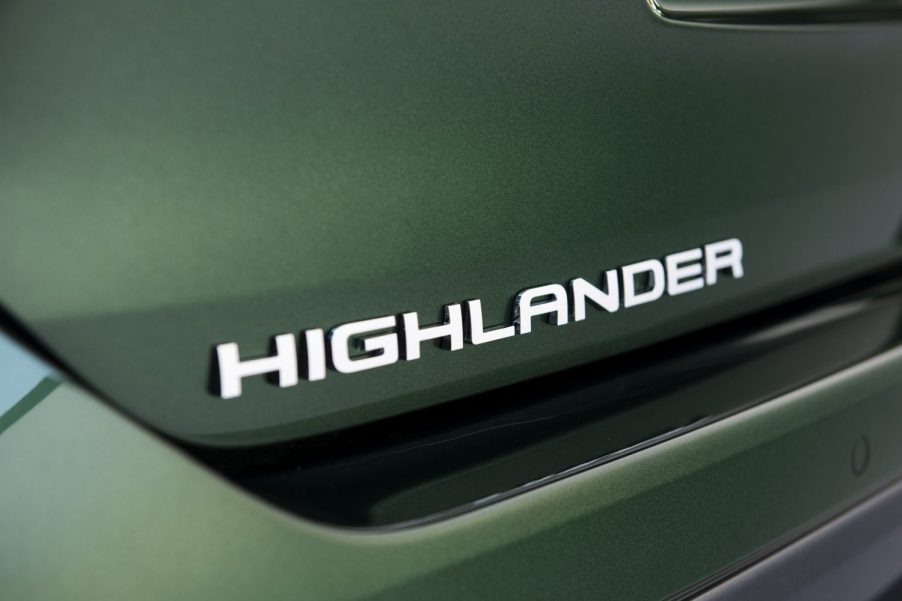
A History of the Toyota Highlander SUV
Ever since the Toyota Highlander was introduced, it has been a staple of the Toyota SUV lineup. The Highlander SUV you see today on Toyota dealer lots has evolved with its consumer base over time. In doing so, it has remained relevant and up-to-date over the past 20 years of sales. But how did this breakthrough SUV get its start? What does the future look like for this Toyota crossover? Here is everything you need to know about the history of the Toyota Highlander SUV.
Twenty years ahead of its time
According to Toyota Direct, the Toyota Highlander first premiered at the 2000 New York Auto Show. The Highlander caught the attention of the attendees immediately since the SUV was advertised as built on a modified version of the Camry platform, which promised car-like drivability and smooth handling.
If this sounds familiar to you, this general “car-like feel and drivability” aspect of the Highlander followed the current trend of modern crossovers, which aim to offer the capability of an SUV with a familiar drivability behind the wheel that is closer to a car, and less rigid like traditional truck-based SUVs.
This first-generation Highlander lasted from the 2001 model year to the 2007 model year. Throughout this first generation, the Highlander could be ordered in either four-wheel drive or front-wheel drive, as well as with a four-cylinder or six-cylinder engine. For 2006, you could even get a Highlander with a hybrid-electric drivetrain.
Adding size and refining the ride
As the first generation of the Highlander was reaching its end, the engineers and designers at Toyota decided to make the second generation of the Highlander bigger. By the 2008 model year, all of the hot vehicles for sale were big. Trucks were bigger, the Cadillac Escalade was a huge status symbol, both literally and figuratively, and the Hummer brand was still producing army-sized trucks for civilian use. For the Highlander to follow suit, the car chassis was changed from a Camry-based chassis to a Toyota Avalon-based chassis.
This chassis swap ended up adding 3.8 inches to the body length, 3.3 inches to the overall width of the car, and 3 inches to the wheelbase. At first, only V6 engines were offered, but as the generation continued to 2013, four-cylinder engines and hybrid electric engines were also added to the lineup.
The Highlander gets bigger

The third-generation Toyota Highlander hit dealer lots for the 2014 model year and lasted through the 2019 model year. This Highlander grew 2.7 inches in length and around half an inch in overall width compared to the previous generation. The third-generation Highlander also started offering room for eight passengers.
The Highlander didn’t offer any drastic options during its third generation, however, in 2017, the Highlander did get a refresh with new styling in the front fascia. For this generation, engine options were mostly unchanged, with a front-wheel-drive four-cylinder model, an all-wheel-drive hybrid model, and both front- and all-wheel-drive V6 models available.
Expanding to a larger audience
For the current fourth-generation Highlander, which debuted for the 2020 model year, the Highlander started to market itself for the youthful crowd, not just for families. This doesn’t mean Toyota is skimping on size, with the new Highlander bigger than ever and offering more cargo space than ever before.
The new Highlander is also on a more rigid chassis than before, making itr one of the most capable Highlanders to date. For now, it seems like the SUV is finding plenty of success in its current generation, which should continue production for several more years.
Is the Toyota Highlander worth buying?
With a vehicle that has been so reliable, trend-setting, and constantly evolving to match its audience, the Highlander seems to be an ideal SUV.



